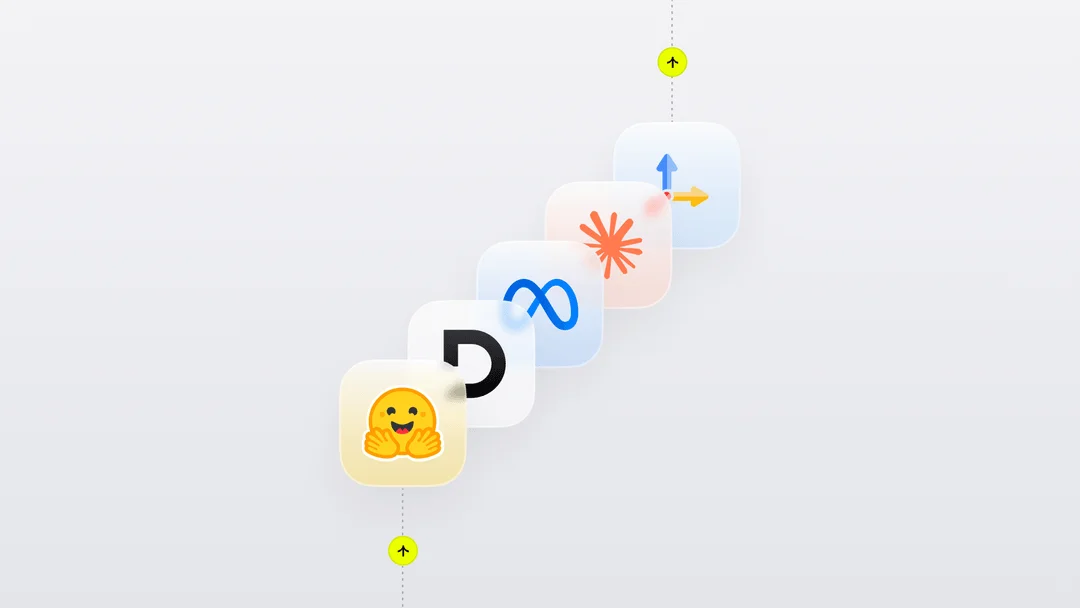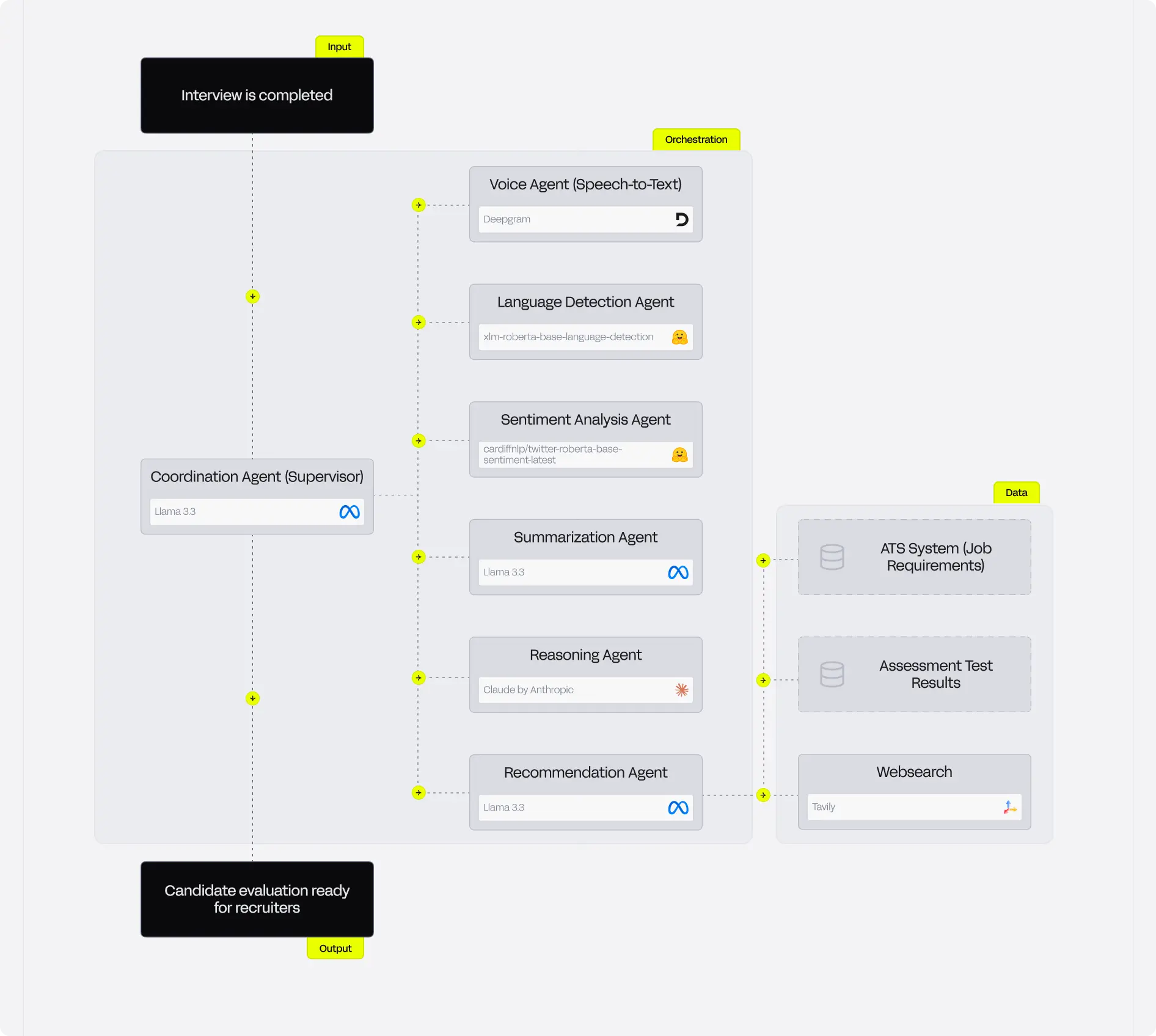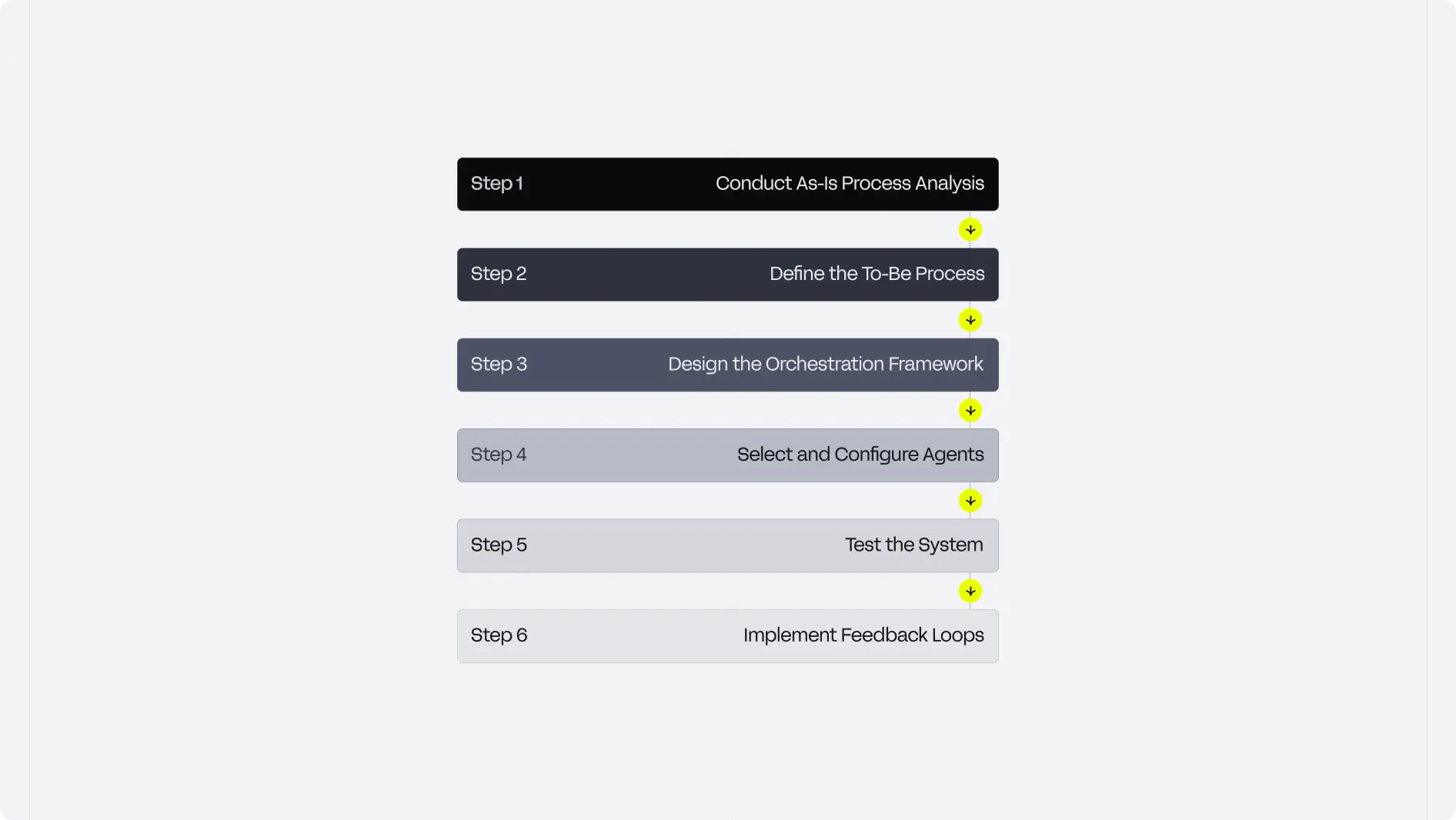Technology, Product Development
Agentic AI for Startups: A Practical Guide to Building Smarter Products
Agentic AI is more than a buzzword — it's a transformational approach to building intelligent software that thinks, collaborates, and solves real-world problems. At Roaring Infotech, we’re not just following the trend — we’re actively helping startups and enterprises build the next generation of AI-powered products.
In this guide, we’ll break down what agentic AI actually means, why it matters now more than ever, and how you can design your own multi-agent systems to solve complex business challenges.
What Is Agentic AI — and Why Now?
Agentic AI, often implemented through multi-agent systems, involves multiple autonomous agents working in coordination to complete tasks. Think of it as building a digital team, where each "agent" has a clear role — just like a team of specialists in a real company.
While many still think AI is just about sending prompts to a large language model and getting smart replies, the reality is more layered. Businesses are starting to realize that solving deeper problems — like document processing, personalized recommendations, or customer service — requires multiple models and systems working in sync.
Why Roaring Infotech Is Investing in Agentic AI
Across industries like HealthTech, EdTech, FinTech, and SaaS, we’re seeing a shift: companies are moving from off-the-shelf software to custom AI solutions that better reflect their workflows.
For example, Klarna built an agentic system that reduced reliance on human agents and drove $40M in profit improvement. That's the kind of real-world impact these systems can bring.
Inside a Multi-Agent System: A Real-World Example
Let’s take a look at what a multi-agent system might look like in practice — imagine a recruitment platform that interviews candidates and produces hiring recommendations. Here's how it breaks down:
- 1. Voice Agent - Converts audio to text.
- 2. Language Detection Agent - Identifies spoken language and picks the right processing model.
- 3. Sentiment Agent - Analyzes tone, confidence, and attitude.
- 4. Summarization Agent - Compiles structured feedback for recruiters.
- 5. Recommendation Agent - Suggests relevant job matches.
- 6. Coordinator Agent - Oversees everything, resolving conflicts and ensuring smooth handoffs.
Each of these components works autonomously, yet they are connected — handing off inputs and reacting to each other's outputs.
Common Challenges with Agentic Systems
While agentic systems are powerful, building them isn’t a plug-and-play task. There are real technical and operational hurdles to solve:
- ✔️ Non-Determinism: AI outputs can vary, making systems unpredictable without safeguards.
- ✔️ Data Dependency: If one agent misinterprets data, the whole system can go off-track.
- ✔️ Transparency: Users need to understand and trust AI decisions. Logging and monitoring are essential.
- ✔️ Coordination Complexity: More agents mean more chances for miscommunication or cascading errors.
Our Proven Framework for Building Agentic AI Products
At Roaring Infotech, we’ve developed a step-by-step approach to designing and deploying multi-agent systems that solve real business problems.
1. Start with Business Discovery
We don't begin with models. We begin with people — stakeholders, users, teams. By deeply understanding the problem, we can decide whether a multi-agent system is even necessary. If the problem can be solved with a simpler tool, we’ll tell you.
👉 Goal: Identify real bottlenecks, workflows, and user goals.
2. Map the As-Is and To-Be Processes
We map how tasks are currently done and design a new process around agents that can handle the heavy lifting.
Examples of agent roles:
- Data collection
- Filtering and analysis
- Decision-making
- Reporting
👉 Goal: Define what the ideal process looks like — faster, more accurate, scalable.
3. Design the Orchestration Layer
Orchestration is what connects all agents and manages how they work together. It ensures reliability, order, and the ability to adapt when things change or fail.
👉 Goal: Build a resilient system that runs like a well-oiled machine.
4. Select and Configure the Right Agents
Each task gets its own specialist agent. Some may use large language models, others simple rule-based logic. What matters is the right tool for the job.
👉 Goal: Clearly define agent responsibilities, inputs, and outputs.
5. Test, Test, and Stress-Test
We simulate real-world scenarios, edge cases, and failures. Every system must be validated before it goes live.
👉 Goal: Build confidence in the system’s reliability and performance.
6. Establish Feedback Loops
The work doesn’t stop after deployment. We build mechanisms for continuous improvement through user feedback, performance metrics, and AI prompt tuning.
👉 Goal: Keep learning, evolving, and optimizing.
Why Data & Orchestration Matter More Than the Model
The hype may be around the models (like GPT-4, Claude, or Llama), but the real differentiators are:
- ✔️ Clean, structured data
- ✔️ Well-thought-out agent orchestration
- ✔️ Business alignment
Agentic AI products are only as good as the infrastructure supporting them. That’s why we focus on full-stack product development — strategy, design, data engineering, and AI — under one roof.
🚀 Final Thought: The Future Belongs to Agentic Systems
The next generation of intelligent software won't be built with isolated models—it’ll be powered by agentic AI: modular, goal-oriented systems that think, act, and collaborate like a team.
Startups and businesses that embrace this shift now won’t just keep up—they’ll lead.
🧠 Ready to Build an AI System That Thinks Like a Team?
Whether you're automating a workflow or reimagining your entire product with AI, Roaring Infotech helps you design and deploy scalable multi-agent systems that drive results from day one.
Let’s build the future—together.
👉 Talk to us and start your agentic AI journey today.




